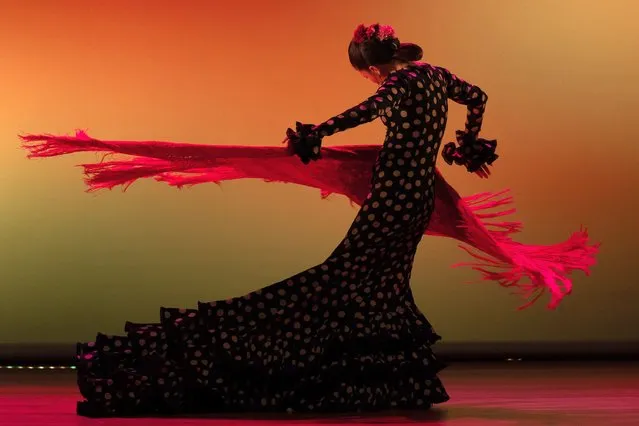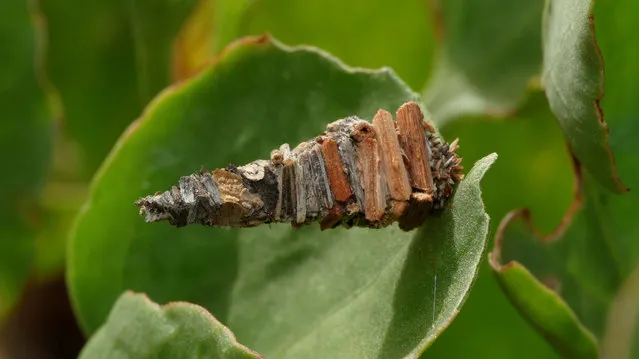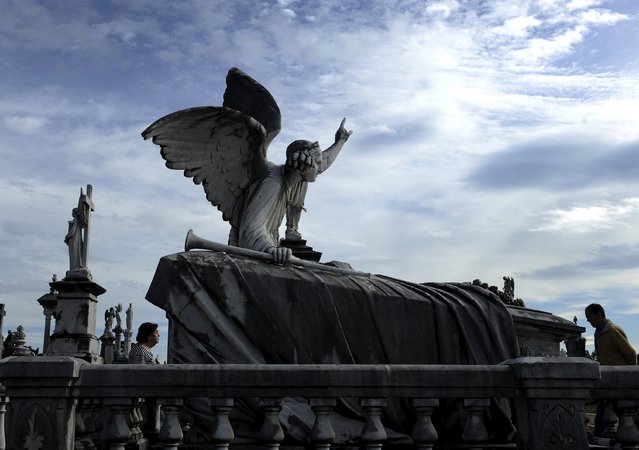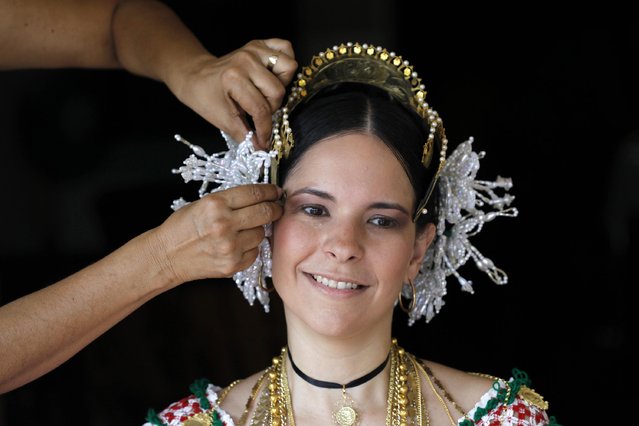
A reveller is covered in tomato pulp and juice while participating in the annual Tomatina festival on August 31, 2011 in Bunol, Spain. An estimated 35,000 people threw 120 tons of ripe tomatoes in the world's biggest tomato fight held annually in this Spanish Mediterranean town. (Photo by Denis Doyle/Getty Images)
01 Sep 2011 11:38:00,post received
0 comments







